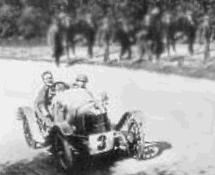
Aston Martin History Timeline and Company Founders Biographies (1908-1999)
The Origin of The Name
The company name was derived from the fact that Lionel Martin raced at the Aston Clinton hill climb in Aston Clinton village in Buckinghamshire, England between Tring and Aylesbury. from 1904 to 1925, Aston hill, part of the Lord Rothschild’s Estate, was a renowned motoring venue. Lionel Martin made his first ascent of this hill in a tuned Singer Car on 4th, April, 1914. Shortly afterwards, on the 16th. May, at the Herts County Automobile & Aero Club meeting he was so successful, that the sporting light car first registered in his name in March 1915, was called an “ASTON-MARTIN”. it was the start of a legend in the history of the automobile. In addition, Lionel Martin’s wife Kate apparently reasoning that the “A” would put the company near the top of any alphabetic list, while the hyphen lasted on and off into the 1930
Company History 1908 – 1913
In 1908, Lionel Martin opens the repair shop on Abingdon Road in the district of Kensington in London with his friend and associate Robert Bamford and becomes dealer of the English car brand Singer and preparer “Ten Singer” proposed under the brand Bamford & Martin Limited. Both partners design their own racing prototype “Coal Scuttle” based on a chassis Isotta Fraschini powered by a 4-cylinder Coventry Climax 1492 cc 70 bhp capable of speeds of 115 km / h they pose in 1913 to compete with Bugatti ‘s Ettore Bugatti.
In 1913, Lionel wins against all odds racing coasts of Aston Clinton in Berkshire in England with his car facing competing Stutz 4.9 L and Bentleys 4.5 L. With this success, Lionel Martin manufactures and markets its prototype ” Coal Scuttle “in 1914 with his partner Robert Bamford under the brand Aston Martin. They produced their first car in March 1915. Production would not begain till 1920 because of the outbreak of World War I (1914-1918)
Company History 1913 – 1920
Founded in 1913 by Robert Bamford and Lionel Martin as ‘Bamford & Martin Ltd’, the company has developed into an iconic brand synonymous with luxury and elegance. 1914 saw the birth of the name Aston Martin following one of Lionel Martin’s successful runs at the Aston Hill Climb in Buckinghamshire, England. Within a year the first Aston Martin had been built and registered with the name and by 1920 the business had relocated to Kensington. In 1918, after the First World War, the firm was saved financially by wealthy patron Count and Polish racing driver Louis Zborowski. Lionel Martin took over the management of the brand following the withdrawal of Robert Bamford in 1920.

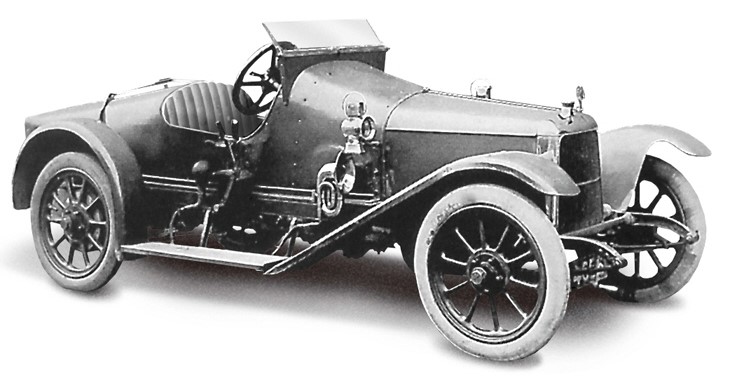
1914 Aston Martin Coal Scuttle
The racing prototype “Coal Scuttle” was created by fitting a four-cylinder Coventry-Simplex engine to the chassis of a 1908 Isotta-Fraschini (working in the Maserati brothers ) 70 bhp capable of speeds of 115 km / h they pose in 1913 to compete with Bugatti
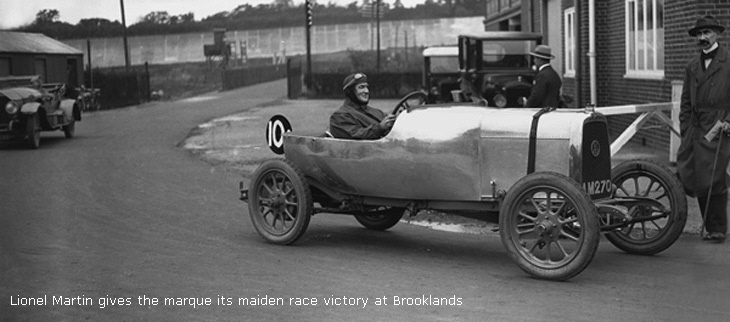

Company History 1922 – 1928
Competing in the 1922 French Grand Prix saw Aston Martin take its first historic steps in overseas competition with two cars completing the race. Financial problems plagued the company over the next decade and would undergo many changes of ownership. Louis Zborowski continued to invest in Aston Martin until he died in 1924 in a auto racing accident at Monza. With the business forced to close in 1925 only to be rescued by a group of investors in 1926, forming ‘Aston Martin Motors Ltd’. Lady Charnwood saved the situation and purchased Aston Martin, appointing her son John Benson on the board. Lionel Martin became the Technical Director but left the company in two years. The company still was unprofitable and was sold again to engineer Bill Renwick and his partner Augustus (Bert) Bertelli, who immediately transferred car manufacturing to the town of Feltham, in Middlesex County. The business was soon on a sound footing, with a competitive range of sports cars and an increasing reputation for engineering and design. This progress lead to the first entry of an Aston Martin in the Le Mans 24-hr Race in 1928.
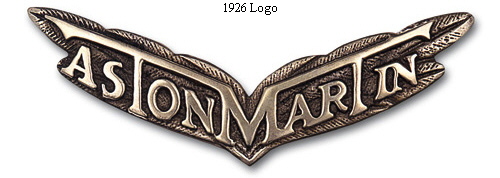
Company History 1930 – 1939
Production Increases: Aston Martin won great acclaim at Le Mans, when the 1.5 model took a clean sweep of the podium places within its class at the 1933 race. Road car production numbers continued to increase throughout the 1930s with 140 cars being built in 1937, the highest pre-war figure. 1939 saw the production of the Aston Martin Atom, an avant-garde prototype developed using an early form of space-frame chassis and independent suspension – a further development of Aston Martin’s engineering excellence.
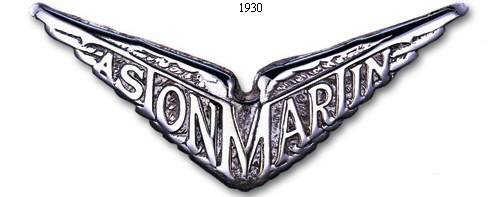

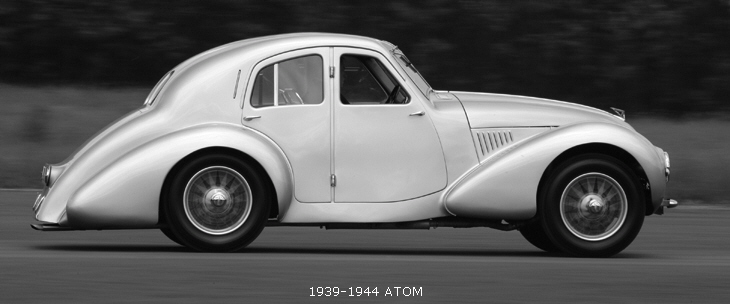

Company History 1949 – 1958 (The David Brown Era)
It would be largely through the ownership of David Brown Ltd. of Huddersfield that Aston-Martin would become the company renowned during the 1950s, who bought Aston-Martin for £20,500 British Pound Sterling. 1947 saw the dawn of the ‘David Brown Era’ as the business was acquired by the English industrialist. With verve and energy the business expanded, with the next few years seeing the purchase of the Lagonda marque and the relocation of production to Hanworth Park, Feltham, Middlesex. The DB2 model entered production in the same year, quickly followed by 2nd & 3rd in class success at Le Mans in 1951. Production was moved to Newport Pagnell in 1955 and the site became the home to the DB2/4, a car launched the year before. 1956, 1957 and 1958 saw further milestones for the company with the DBR1 race cars, DB Mk III and the DB4 all being introduced.

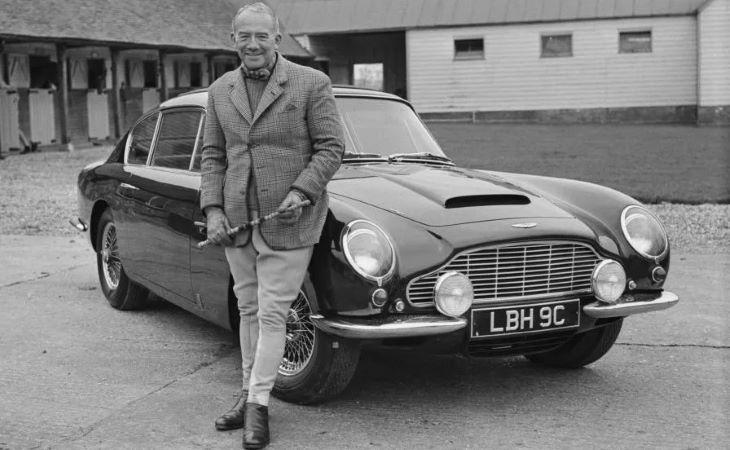
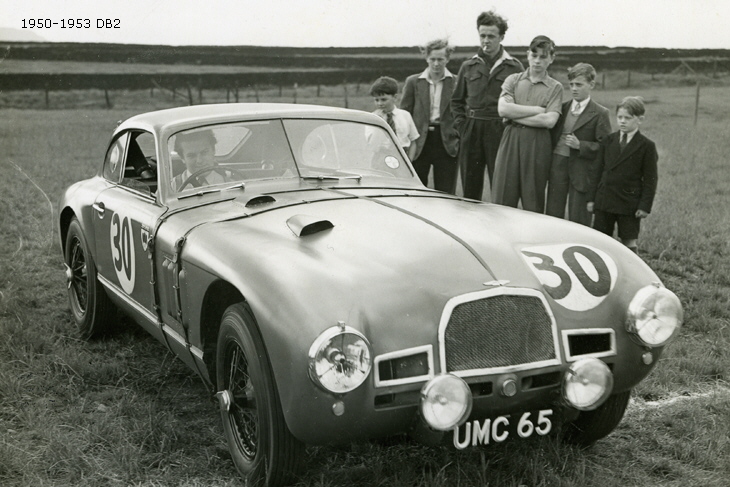
Company History 1959 – 1962
Aston Martin ended the 1950s with further racing success, as the DBR1 team secured the 1959 World Sportscar Championship by winning races such as the Nurburgring 1000km race and the famous Le Mans 24hr. Away from the circuit, the DB4GT, a high-performance version of the DB4, was launched to acclaim. 1960 saw a further DB4 evolution and the founding of an historic collaboration with the Italian coach builder Zagato to launch the DB4GT Zagato. A seminal year for the business saw success for the DB4GT at Monza and the launch of a new model, the year was 1963 and the model was the Aston Martin DB5.
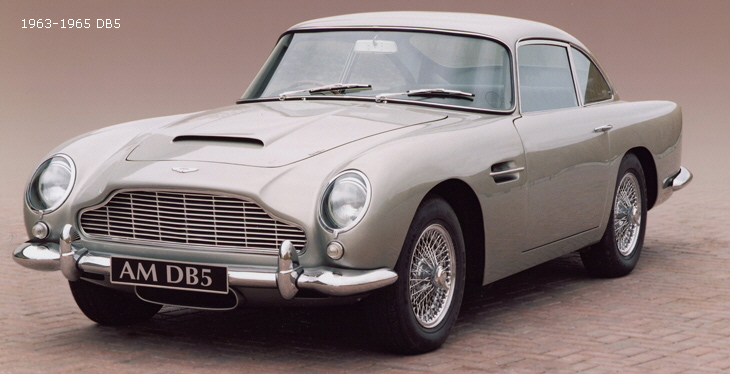
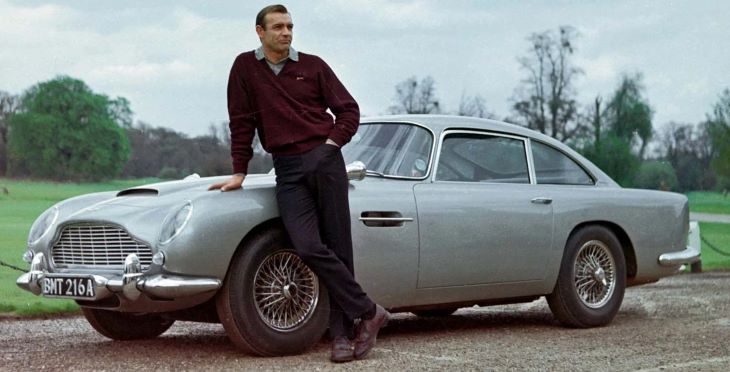
Company History 1963
The Aston Martin DB5 frequently acclaimed as the most beautiful car in the world, the Aston Martin DB5 entered production in 1963. The following year saw the birth of a relationship that has left an indelible mark on popular culture, as the DB5 was chosen to be James Bond’s car of choice in the classic film Goldfinger.
Company History 1965 – 1966
Following up on the success of the DB5, the DB6 and DB6 Volante were launched in 1965 and 1966 respectively. Energetic product development continued in the rest of the decade with the Aston Martin DBS, DB6 Mk2 and DBS V8 all being introduced.


Company History 1972
Despite the development of an iconic product range, the 1970’s saw a change in ownership for Aston Martin as ‘Company Developments Ltd’ took over the firm in 1972. In the same year the Aston Martin V8 entered production.
Company History 1975
In 1975, just three years after its last take-over, the company entered receivership and was rescued by a consortium lead by Peter Sprague, George Minden and later Alan Curtis. The first car to be unveiled under this new ownership was the revolutionary Lagonda as the iconic sister marque of Aston Martin was re-launched.
Company History 1981 – 1986
New Ownership: The 1980s saw Aston Martin change ownership again, with Victor Gauntlett and Pace Petroleum buying the business in 1981. 1983 saw further investment for the firm as Victor Gauntlett partnered with the Livanos shipping family. 1986 saw the V8 Vantage Zagato produced as the collaboration was revived. 1987 saw a further ownership development with the Ford Motor Company acquiring a 75% stake. In the same year the 007 relationship continued with the V8 Volante appearing in The Living Daylights


Company History 1988 – 1991
1988 saw the introduction of the Virage at the NEC International Motor Show, ensuring the company moved into the 1990’s with a new sportscar at the heart of its revised model range. Aston Martin also returned to the track as the works supported ‘AMR1’ came sixth in the World Sportscar Championship. In 1991 Walter Hayes was appointed Chairman and work began on a new model.
Company History 1993 – 1998
The Aston Martin DB7, The iconic ‘DB’ moniker was resurrected in 1993 with the introduction of the DB7 at a new production facility at Wykham Mill, Bloxham. The same year saw Ford Motor Company increase their holding to take full control of the business. The 1990s also saw Aston Martin feature in two separate James Bond films as the DB5 rolled back the years with a performance in Goldeneye and Tomorrow Never Dies. In 1998 the company was presented with the Queens Award for Export, recognising the contribution of the firm to the UK economy.
Biographies

You must be logged in to post a comment.